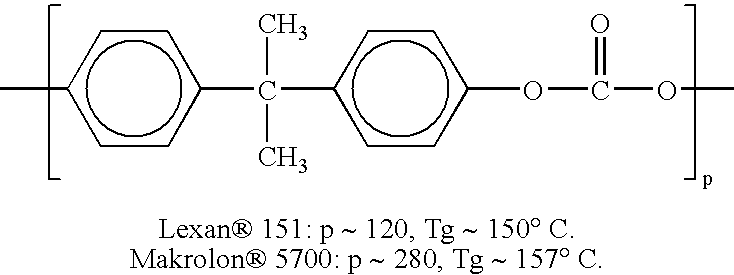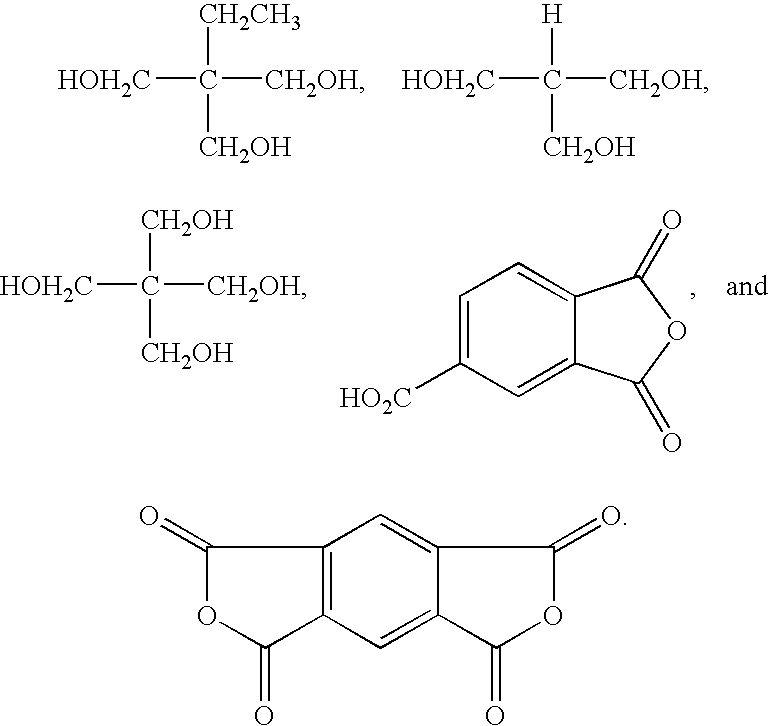Aqueous subbing for extruded thermal dye receiver
a technology of extruded thermal dye and extruded dye, which is applied in the direction of thermal imaging, coating, printing, etc., can solve the problems of insufficient stability to light fading, inability to achieve dye transfer densities, and relatively expensive manufacturing of modified polycarbonates, etc., to achieve excellent dye uptake, improve image recording elements, and improve the effect of image properties and economic manufactur
- Summary
- Abstract
- Description
- Claims
- Application Information
AI Technical Summary
Benefits of technology
Problems solved by technology
Method used
Image
Examples
Embodiment Construction
[0028]The present invention relates to a thermal dye receiver comprising a support having thereon an aqueous subbing layer and an extruded dye receiving layer and a method for making the same. By “aqueous” it is meant that the subbing layer is coated from a coating composition wherein the coating medium is substantially water. In case any organic solvent is added to the coating medium, its amount is not to exceed 15% by weight, preferably 10% by weight more preferably 5% by weight and most preferably 1% by weight of the coating composition.
[0029]The invention provides an aqueous coated subbing layer with improved adhesion, obviating the need for a co-extruded tie layer. The aqueous subbing layers of the invention provide excellent adhesion to the support surface, as well as excellent adhesion to the thermally extruded dye receiving layer. When printed without borders, that is, the image is printed from media edge to media edge, in the new home printers, these aqueous subbing layers ...
PUM
| Property | Measurement | Unit |
|---|---|---|
| Temperature | aaaaa | aaaaa |
| Temperature | aaaaa | aaaaa |
| Fraction | aaaaa | aaaaa |
Abstract
Description
Claims
Application Information
 Login to View More
Login to View More - R&D
- Intellectual Property
- Life Sciences
- Materials
- Tech Scout
- Unparalleled Data Quality
- Higher Quality Content
- 60% Fewer Hallucinations
Browse by: Latest US Patents, China's latest patents, Technical Efficacy Thesaurus, Application Domain, Technology Topic, Popular Technical Reports.
© 2025 PatSnap. All rights reserved.Legal|Privacy policy|Modern Slavery Act Transparency Statement|Sitemap|About US| Contact US: help@patsnap.com



